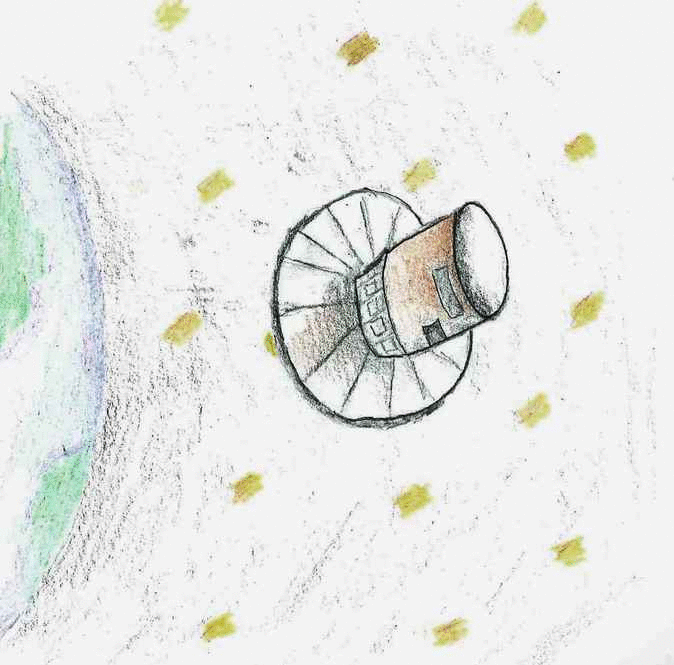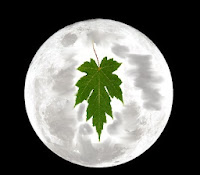The European Space Agency launched on Thursday the
Gaia space probe into the darkness to discover worlds still unknown. Its
mission is to discover, record, detail movement and determine the potential
substance of a billion stars in the Milky Way (1).
Over the next five years it is believed that the probe will create a census of
our solar system in a way no other ship has yet been able to complete.
The Gaia is also equipped with a digital camera.
This is not a normal camera you may find on your Android Phone. It is a billion
pixel camera that can scan great distances to take pictures with significant
clarity (2).
This will help researchers determine what they are seeing in space and where
planets are located.
The amount of data processing is huge. Gaia will
find a place out in space where gravitational pulls will allow it to sit still
and take pictures of the galaxy around it. At a cost of a billion dollars it
will be able to beat out the abilities of the Kepler system by cataloging many
large worlds (3).
The program will run for five years.
It is appears that the sequence of recent flights
that the space race has heated up again. From China’s soft landing on the moon
to the potential colony on mars the technology has rounded a corner. Google’s
purchasing of robotic companies and other innovative developments have created more
opportunities in mutual technological advancement.

